Results
-
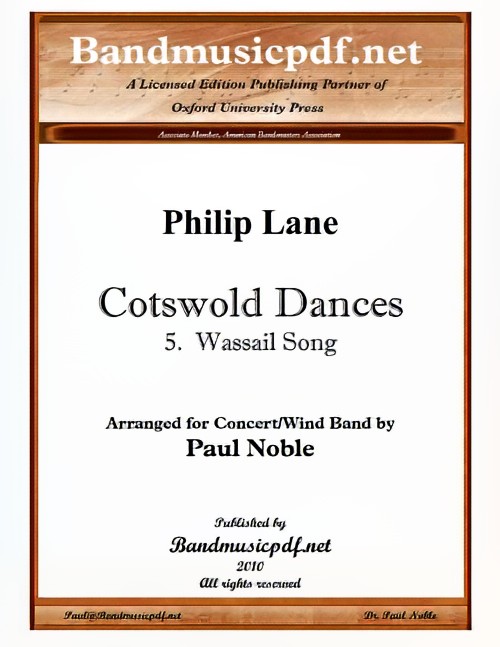 £75.00
£75.00Cotswold Dances 5. Wassail Song (Concert Band - Score and Parts) - Lane, Philip - Noble, Paul
The program notes are included for each of the five movements: 1.The first movement refers to the source of the River Thames, with its rippling accompaniment figures. 2.Badminton House is a picture of the world-famous Horse Trials, with an archaic touch here and there to point to the House itself. 3. Pittville Park is the largest open space in Cheltenham, England, with Gustav Holst's birthplace at one end and the famous Pump Room at the other. The composer remembers childhood walks there and varying degrees of catching newts and the like in the central lake. 4. Cleeve Hill is the highest point in the Cotswold chain, just reaching a thousand feet above sea level at one point, making it, officially, a mountain, albeit a gentle one. Nevertheless, the extremes of weather through the seasons are reflected here, with an ominous note or two suggesting Belas Knap, an ancient burial ground sited nearby. 5. The final movement takes the traditional Gloucestershire wassail song, heard at Christmas, and manipulates it through any number of filters and distortions. (Note: Some harp parts are doubled, some are more essential. If no harp, the part can be played either by electronic keyboard or piano.)
Estimated dispatch 7-14 working days
-
 £189.99
£189.99Flashback (Concert Band - Score and Parts) - De Haan, Jan
A flashback is an interesting psychological phenomenon: a seemingly random trigger can bring back long-forgotten memories from the subconscious mind. The composer underwent a similar experience before writing this piece. He was asked to write a piece for The National Youth Fanfare Band in the Netherlands, one which he heard perform many years ago. All of a sudden he remembered Deep Harmony, a piece frequently programmed back then. He used his own flashback-experience as an inspiration to weave an old English hymn into his new composition, much like a musical flashback. The right idea at the right moment, as this piece will prove!Duration: 11:00
Estimated dispatch 7-14 working days
-
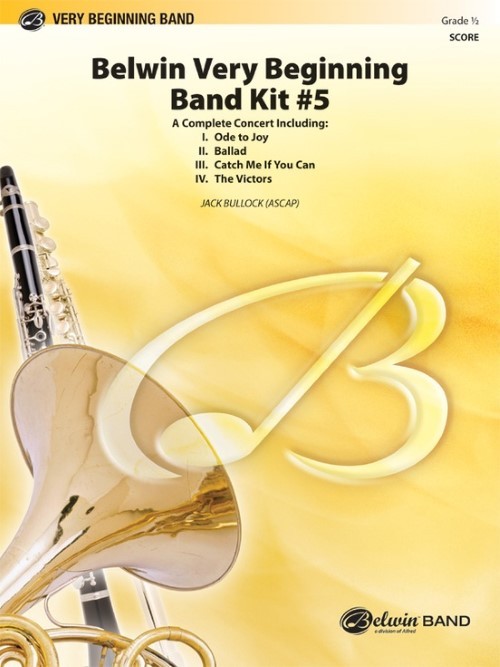 £58.50
£58.50Belwin Very Beginning Band Kit No.5 (Concert Band - Score and Parts) - Bullock, Jack
A whole concert in one publication. What a budget saver! The four Grade one-half works include an arrangement of Beethoven's "Ode to Joy," "Ballad", an opportunity to teach intonation and lyrical melodic lines, an intriguing counting piece "Catch Me If You Can"' and closes with a favorite march, "The Victors." Combining teaching and programmable literature, use them all at once or throughout the school year. Duration: 4.15
Estimated dispatch 7-14 working days
-
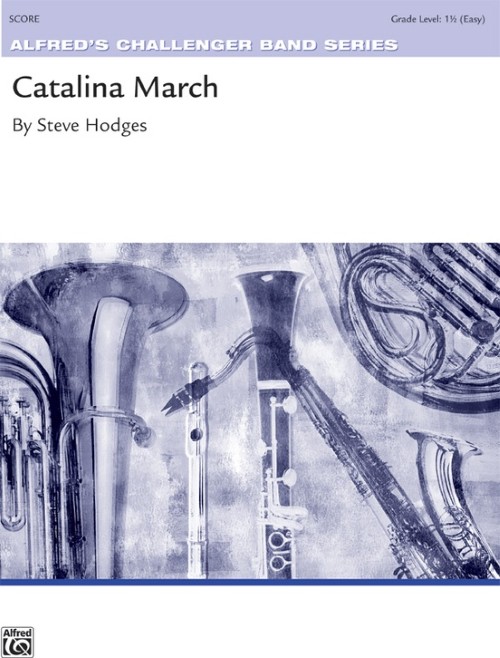 £44.50
£44.50Catalina March (Concert Band - Score and Parts) - Hodges, Steve
Catalina March, an original composition by Steve Hodges, contains elements of both traditional and contemporary marches. The spirited opening theme features a playful give-and-take between the brass and the upper woodwinds. A contrasting minor trio section is presented by the clarinets, saxophones and horns before returning to a charming woodwind variation of the initial presentation. Following an effective modulation, the piece finishes with a powerful restatement of the opening theme with woodwind countermelodies complementing the strong brass and percussion. This exciting march would be an excellent way to begin a concert!Duration: 2:45
Estimated dispatch 7-14 working days
-
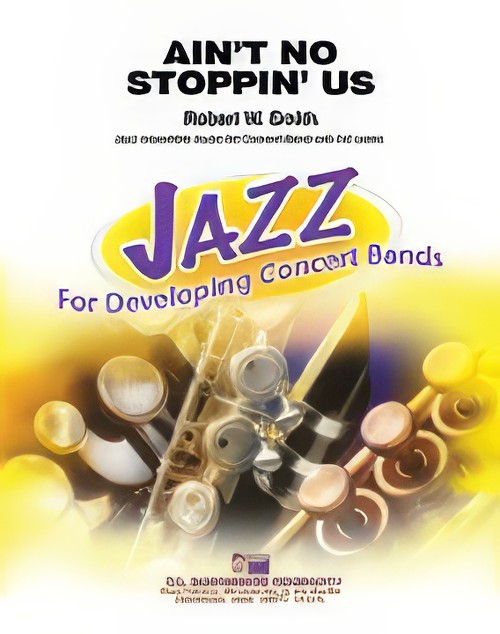 £58.00
£58.00Ain't No Stoppin' Us! (Concert Band - Score and Parts) - Smith, Robert W.
A driving rock chart that will be a favourite of your entire concert band. As part of the new Barnhouse Jazz For Young Concert Band Series, this new tune by Robert W. Smith gives all sections of the band an opportunity to "rock". Accompanied by a rhythm section, Ain't No Stoppin' Us features a scorching melody complete with woodwind fills and soaring counter lines. An open solo section gives all students an opportunity to improvise in a very comfortable setting. This is a perfect choice for the spring concert or any school assembly. Be careful, this may be the one that students want to play year after year!Duration: 2.30
Estimated dispatch 7-14 working days
-
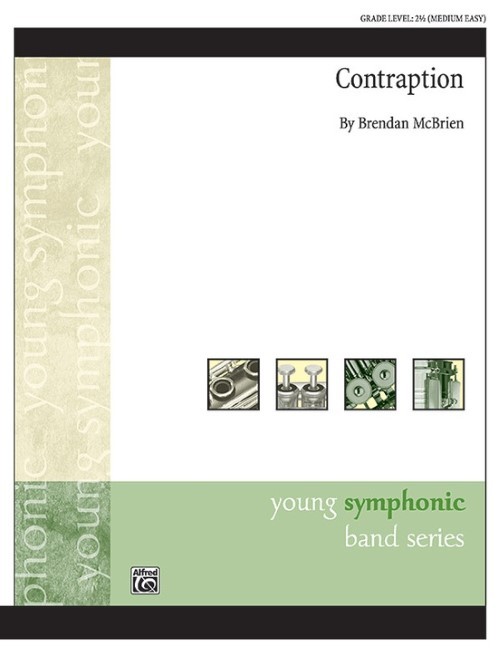 £52.95
£52.95Contraption (Concert Band - Score and Parts - McBrien, Brendan
Contraption is a tone poem describing an imaginary machine of great size and power. The word contraption is defined as a device or machine regarded as strange, incomprehensible, or makeshift. This concept has been applied to the construction of this musical composition. The creation of this piece was accomplished in the same way an inventor might build a physical contraption, in this case limited to three main component parts plus an interlude. A very unique and appealing piece!Duration: 3:45
Estimated dispatch 7-14 working days
-
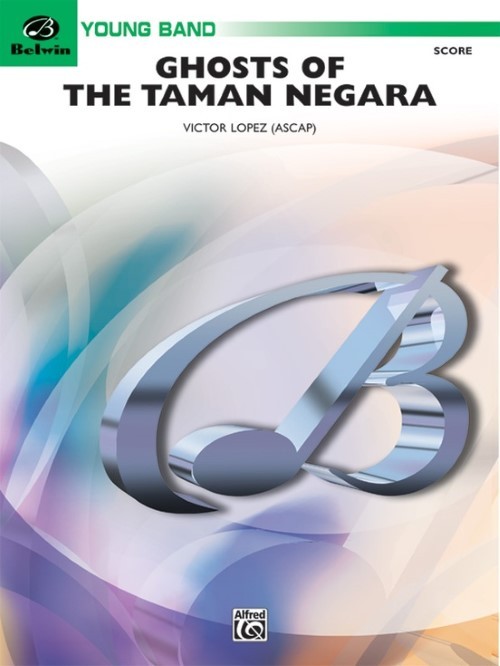 £58.50
£58.50Ghosts of the Taman Negara (Concert Band - Score and Parts) - Lopez, Victor
This original composition is based on a wildlife research study which took place in Malaysia's largest national park, the Taman Negara. Researchers embarked on an expedition in the jungle tracking that wildest of wild animals, the tiger. Despite spending nearly three years in the rainforest, the researchers never saw a single tiger, hence the "ghost" aspect of the title. The composer's intent in this composition is to take you on an expedition tour and emulate the experience of the jungle. The work is characterized with mysterious melodic themes intertwined with exciting bold flashes of sound. Ghosts of Taman Negara is an embracing and emotional addition to the young band literature from the pen of Victor Lopez. Duration: 4.30
Estimated dispatch 7-14 working days
-
 £256.99
£256.99Clarinet Concerto (Concert Band - Score and Parts) - Mozart, Wolfgang Amadeus - Sparke, Philip
Mozart originally wrote this concerto for a clarinet with an extended lower range, compared to the conventional instrument. As early as 1802, published versions appeared with registral changes, which made the concerto playable on instruments without the extra keys. When producing an edition for the conventional clarinet there are two choices to be made about the 'extra' notes - is it better to maintain the musical line, and hence transpose whole phrases or passages up an octave, rather than single notes, or is the chalumeau tone more important, in which case it may possibly be better to alter one or two notes to keep the correct octave. In this edition Philip Sparke has usually gone for the former so the 'sequences' make musical sense, but have taken the second option in some places. This fantastic work will prove popular with soloist, band and audience alike.Duration: 28:30
Estimated dispatch 7-14 working days
-
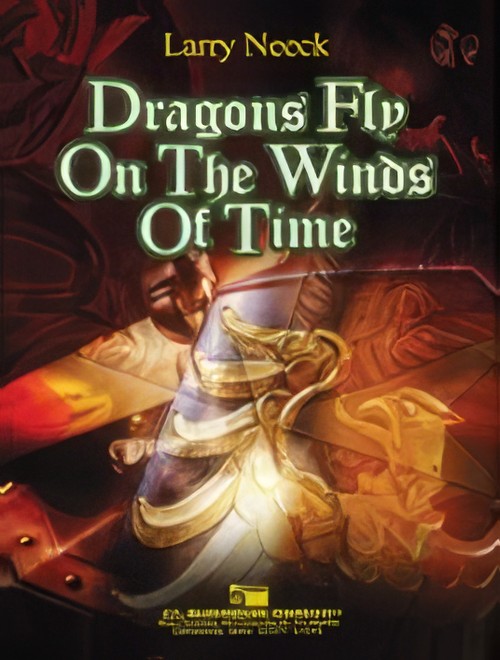 £76.00
£76.00Dragons Fly on the Winds of Time (Concert Band - Score and Parts) - Neeck, Larry
An exciting and impressive composition that portrays an epic struggle in the distant past between the forces of good and evil. A wizard, a beautiful exotic maiden, a battle, and our hero are woven in the fabric of this musical tale. Sprightly melodies, lively rhythms and tasty writing for a whole battalion of percussionists produce an opening section which is full of energy and vitality. The flowing adagio section features a nice oboe solo (cued in clarinet) and a horn section soli (cued in saxes) that really make this piece special. A superior choice for any concert or contest performance. Very highly recommended!Duration: 6.45
Estimated dispatch 7-14 working days
-
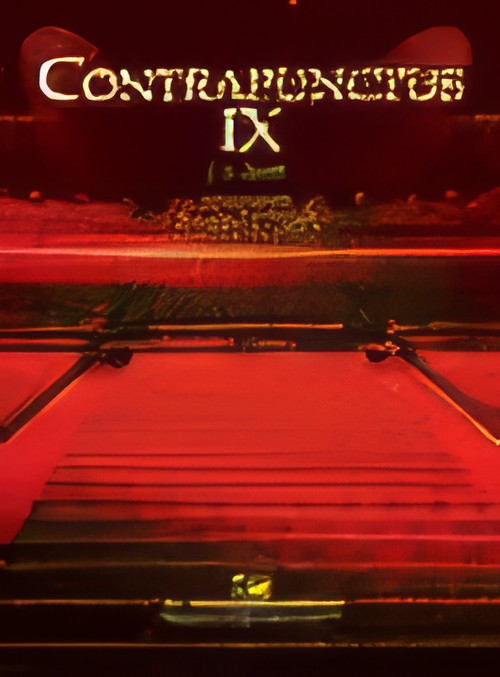 £68.00
£68.00Contrapunctus IX (Concert Band - Score and Parts) - Bach, Johann Sebastian - Clark, Andy
Composed in the last year of Bach's life, "Contrapunctus IX" is an exciting double fugue that has been adapted to provide an exciting and challenging work for the modern concert band-wind ensemble. Full of independence throughout, every part is important and all sections get plenty of chances to shine in this powerful arrangement which will be a true showcase for better bands. An impressive choice for any concert or contest performance!Duration: 3.30
Estimated dispatch 7-14 working days
